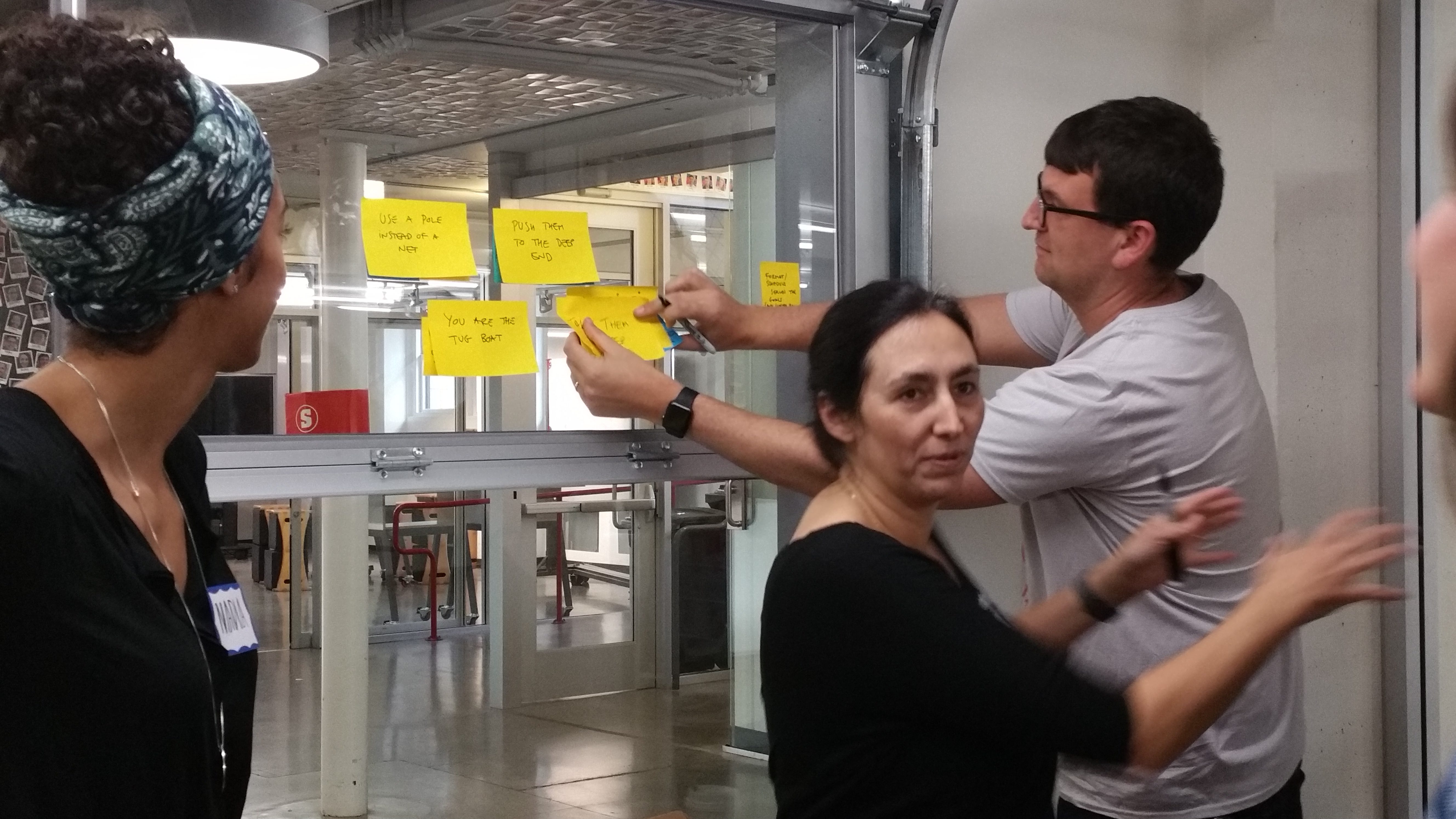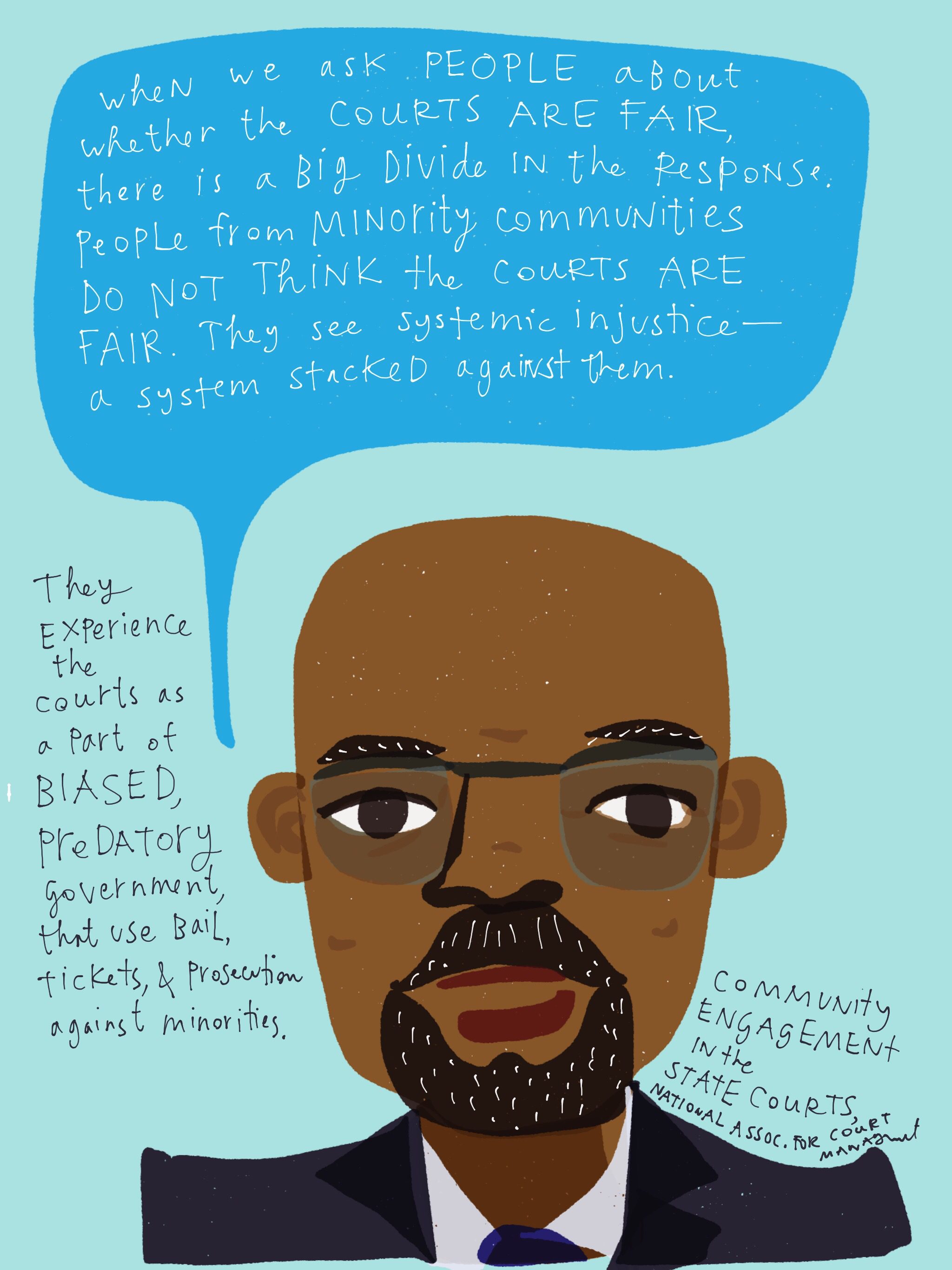
I love teaching. It is such a joy to bring students together to work on real-world challenges, and to do so in a sense of public service along with ambition to use our freedom at the university to tackle problems in more radical, unusual ways.
The Stanford d.school teaching leaders have quarterly events to help its teachers reflect on their most recent classes, and plan for how to be a better teacher, partner, and facilitator in the future.
I took notes on the key principles we walked away with, at the session earlier this week:

So much of a good class is in the preparatory work by the teaching team. Setting up and vetting partnerships is key, so that students can easily find experts willing to talk with them and people who are primed to run experiments with them.
Eliminating logistical barriers can speed up design work and build the crucial momentum for students to engage with the class, prioritize it among all their many projects and classes, and getting them to meaningful payoffs.
Another principle is around changing the relationship between teacher and student. Rather than lecturing as the all-knowing expert, the teacher should frame the class as an experiment, and should model their own behavior as an experimenter, researcher, and collaborator for the students to follow.
Modeling is one of the key ways to get students to do better work — show them exactly what you would do in their place, and then ask them to use this model as a jump-off points for their own creativity and research.
It’s also the teacher’s duty to do outreach, branding, and marketing for the class, to attract a more diverse student body and make it resonate with people coming from different domains and with different learning goals. The class will benefit from this diversity, but it takes lots of leg-work and user research to get it.
The simple act of presenting and asking for feedback on class plans (even after the class) is terrifically helpful.

Our teaching leaders had us make a map of what we did, along with our learning goals, insights we learned, the arc of the class, and key stories of people involved. Then all the teaching teams gave feedback, caught insights, and pulled out principles for use in the future.
See all the images — it was a colorful, lively, and informative 3 hour session on design-driven pedagogy!










